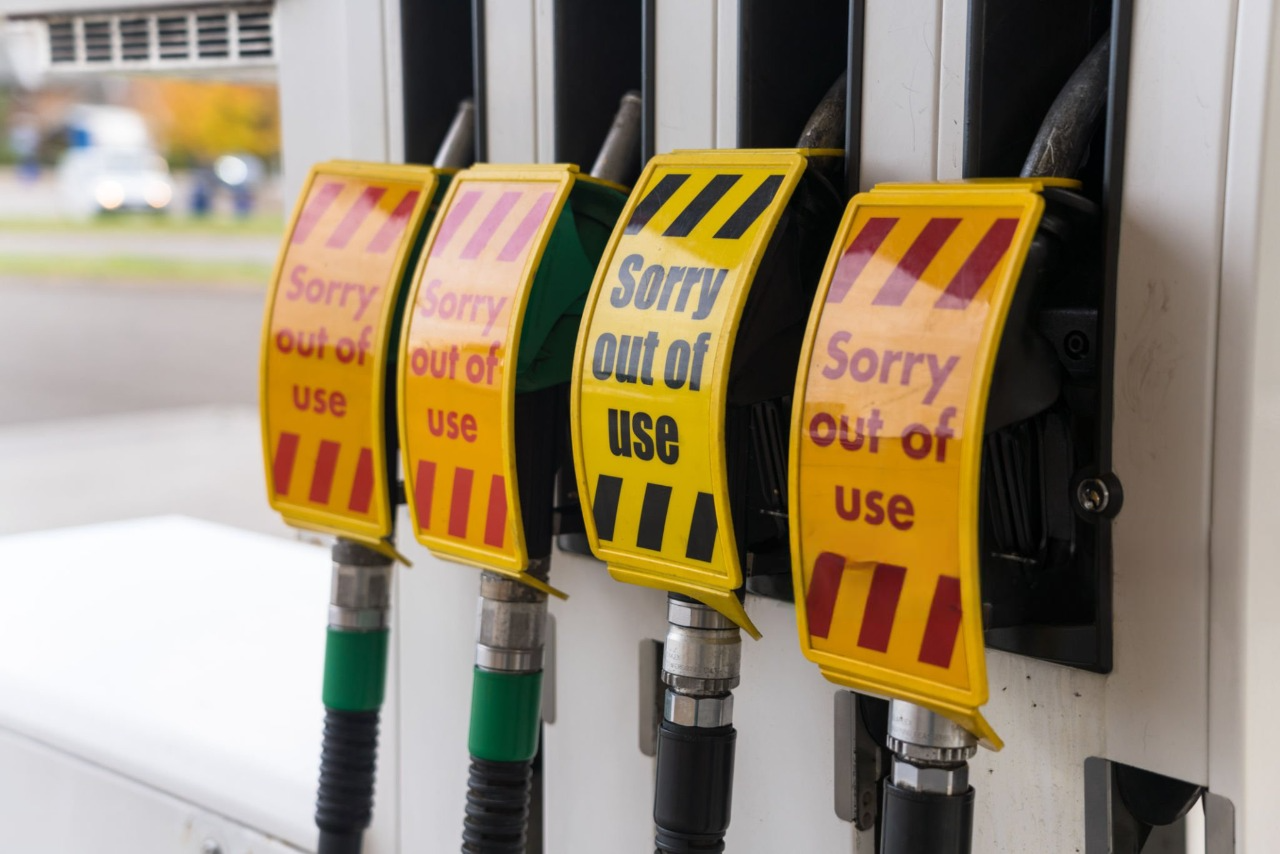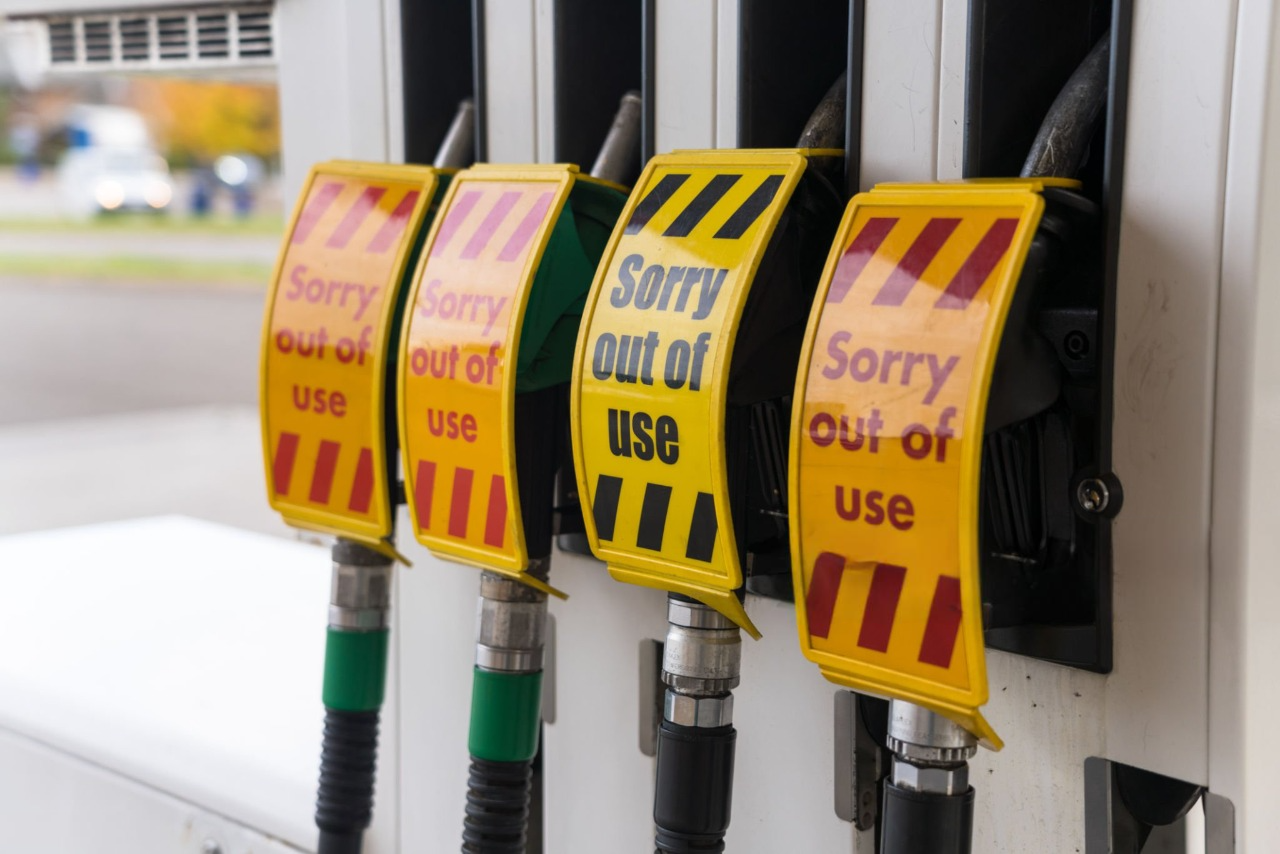In the fuel retail industry, safety incidents don't just threaten customer wellbeing—they can result in devastating financial consequences, regulatory penalties, and lasting reputation damage. Among the most overlooked aspects of station safety is proper pump labeling and safety signage, elements that become critically important during emergency situations.
A comprehensive safety audit conducted across 12 independent stations in Zimbabwe revealed concerning statistics: 67% had outdated or incomplete safety labeling, 83% lacked proper emergency shutdown instructions, and nearly half had fuel grade identifiers that were difficult to read due to weathering or poor maintenance.
"Most station owners don't realize they're non-compliant until after an incident occurs," explains a veteran Safety Compliance Officer. "By then, they're facing not just regulatory consequences but potentially serious liability issues."
The case of a suburban station highlights the importance of this often-neglected area. After a minor fuel spill, confusion about emergency procedures resulted in a customer attempting to clean gasoline with water, creating a dangerous situation that fortunately was resolved without injury. The subsequent investigation revealed that emergency shutdown instructions were partially obscured, and safety protocol signage was positioned where it couldn't be easily seen by customers.
Following implementation of a comprehensive labeling and safety signage program, the station experienced measurable improvements:
- Staff responded to minor incidents 72% faster due to clear procedural guidance
- Customer compliance with safety protocols increased significantly
- Insurance premiums decreased after the safety audit documented the improvements
- Regulatory inspection results improved from "conditionally satisfactory" to "excellent"
Modern safety labeling systems go beyond regulatory minimums to address real-world scenarios. Essential elements include:
- High-visibility emergency shutdown instructions at multiple locations
- Clear differentiation between fuel grades with text and color coding
- Weatherproof materials resistant to UV damage and chemical exposure
- Internationally recognized hazard symbols supplementing text instructions
- Directional guidance for emergency evacuation
- QR codes linking to digital safety resources
"What's particularly important is thinking beyond compliance to actual effectiveness," notes the station owner. "Signs that simply meet the letter of the law but aren't actually visible or comprehensible during stress situations don't serve their purpose."



